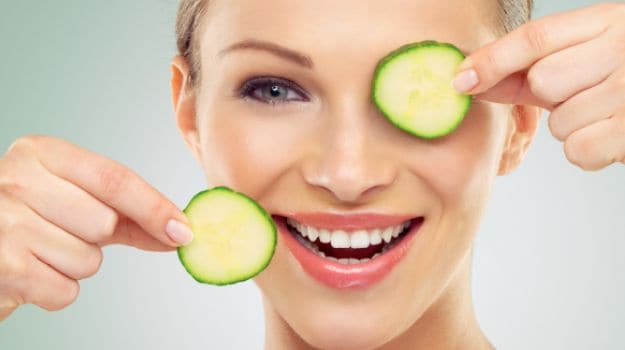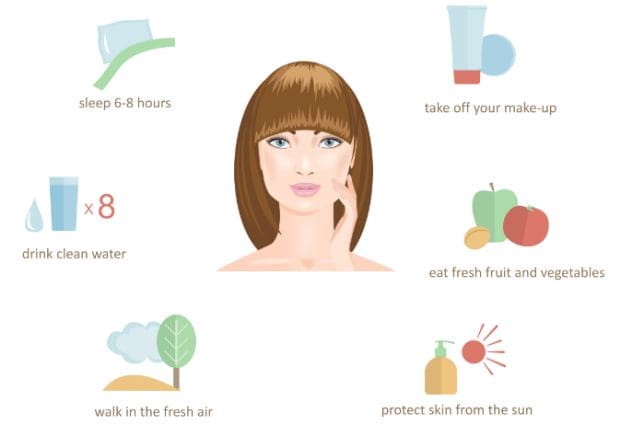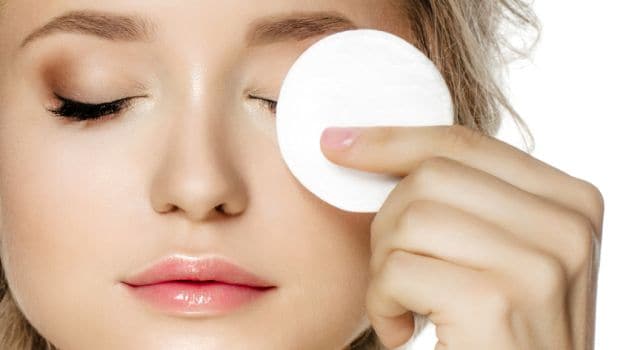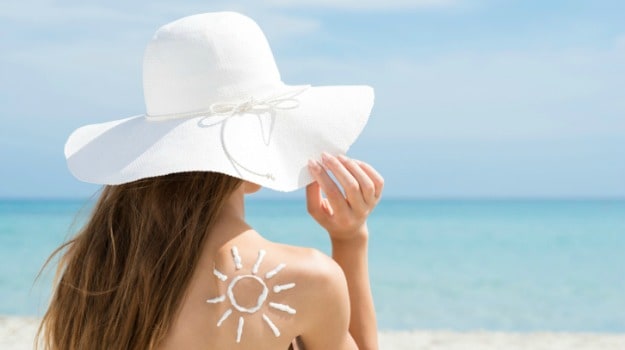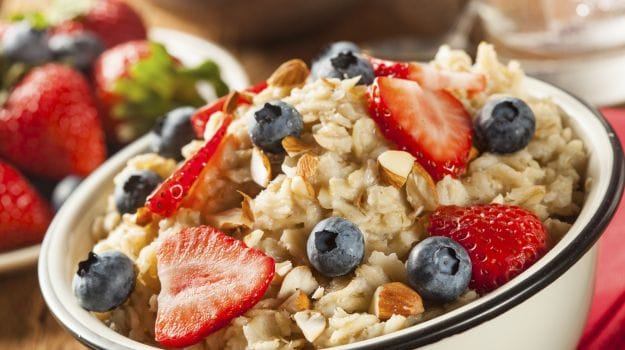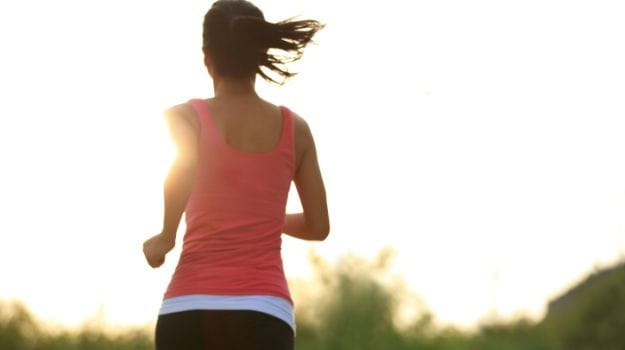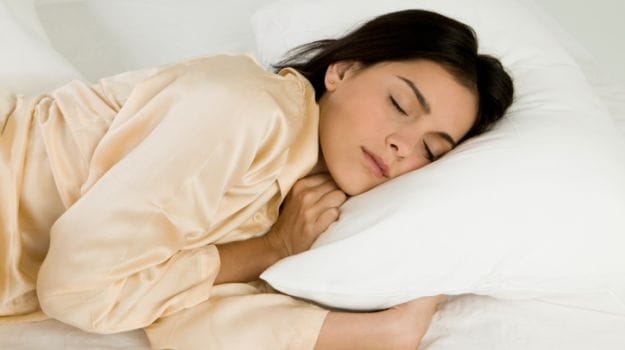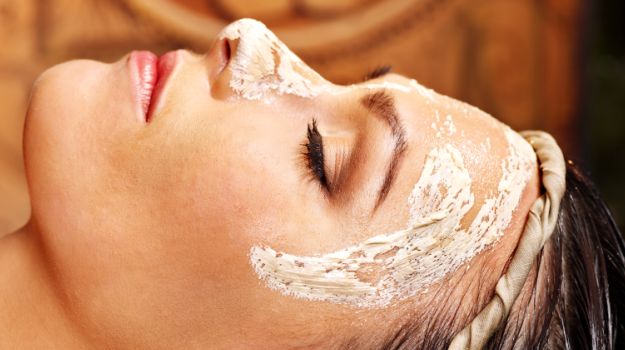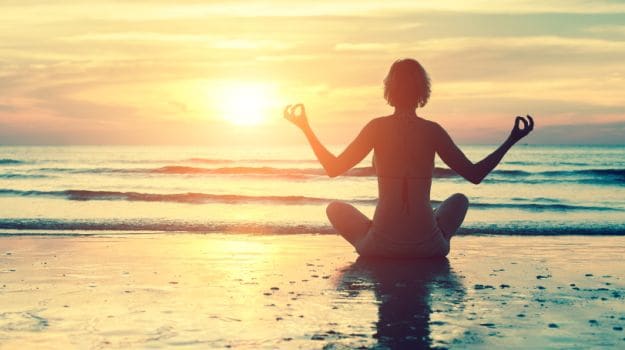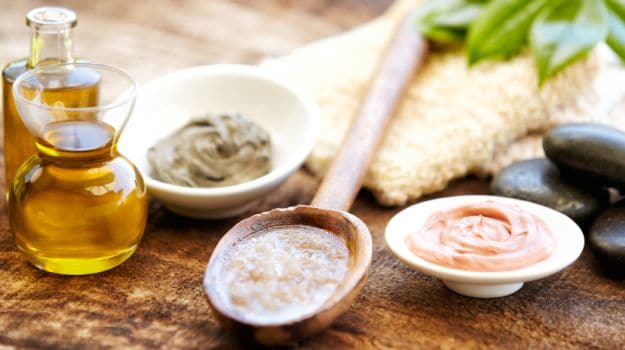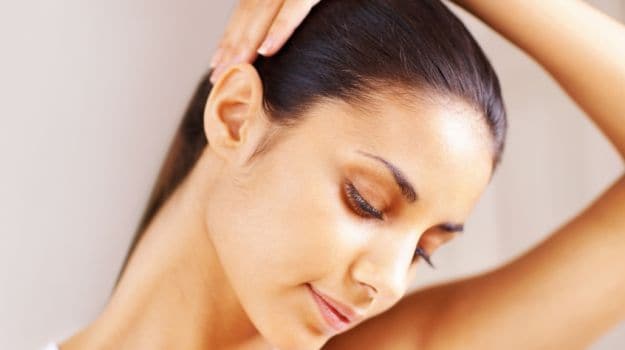Exercise wise, I made a point to work extra hard this week. So I did three Zumba classes and sweated an actual river of sweat out of my body each time – the sweat literally falling onto the ground it’s that bad. Or good, depending how you look at it. But I do work really really hard in the class, not holding anything back, and not caring what I look like. I just don’t have it in me to do anything else. I cycled there and back each time, and wrote about what happened after one Zumba class which you can read HERE, and I increased my cycling this week and cycled 22 miles, my highest yet.
In between that, I used my two little exercise accessories at home – my thigh toner that I use when I’m sitting down on the sofa working/watching Masterchef, and my elastic band with handles that I use every day for my arms. I still think they were both fantastic investments and if, like me, you’re quite concerned about loose skin after weight loss in your upper arms and thighs, I think these contraptions can only help.
After realising that perhaps I’m not eating enough, particularly as I’m exercising, I made a real effort to make sure I ate three meals a day this week. When I come home from Zumba class, it’s around 8pm and I’m just not hungry, but this week I made sure I had a speed food-filled omelette, fruit and yoghurt before bath and bed.
Another thing I did differently this week was have a massage. Twice during the week my back has gone into a little spasm, both times just beneath my shoulder blades, and which made me scream out in pain. Luckily it, for want of a better word, released itself and the pain went quite quickly, but it felt like it was a bit of a warning sign. So I had just a 30-minute hot stone massage on Saturday and the massage therapist explained that when I exercise quite a lot, my body is storing toxins and they need releasing. And that’s exactly what she did – it bloody hurt! But I think it’s something I need to consider perhaps once a month going forward, because I don’t have anyone at home to give me a rubdown after a hard week of exercising (woe is me), so I’ll just have to pay someone to do it.
Food wise – I ate well, usual stuff, but I am finding that as my stomach shrinks, I can’t eat as much as I used to. Admittedly, I would have, for example, two pieces of salmon and two boiled eggs with a salad, but now I can only manage one of each. Which is no bad thing, but something interesting to note.
(And yes, I’m still eating banana pancakes every day, although I may well experiment with the oat, syn-free pancakes this week, as I’m feeling a little dangerous.)
So remember I went to Bristol last weekend and ate off-plan for the whole weekend? Well I always wonder if I did enough to counter eating things I shouldn’t. Did I do enough to then lose weight on top of balancing out the naughty food I ate?
Well … I lost 3lbs!
That brings my total weight lost 3 stone, 3lbs.
I can’t quite believe it but I’m obviously delighted. It’s the biggest weight loss I’ve had in months, because I’m normally dicking about with 1lb off/1lb on, so I think what this shows is that by taking my exercise up yet another level, it reflects on the scales. I mean, who knows, because really this is all new territory to me, and, God forbid, I may well put a stone on next week, but I don’t think I will. I worked really hard, ate really well Monday to Friday and the scales have rewarded me.
I also took the liberty of taking my measurements again, as it has been two weeks since I last checked.
I’ve lost another 4″!
The inches have come off from my upper arm, above my knees and my thighs, and again, when I look in the mirror, I can really see my shape changing. For the first time ever, it really feels as though my hips are finally getting smaller and I’m just feeling fantastic right now. I mean not right now because I’m in bed hungover, but generally speaking!
In fact, in the photo at the top, of me in last night’s going out (out) outfit, I’m wearing a new size 16 pair of jeans from Primark. I still can’t get my head around it, particularly when the scales still say I weigh so much, but there you have it – they fit, were comfortable and after always finding Primarni clothes on the less generous side, I’m delighted they fit me so well. And also, I bought a few pairs of sports leggings in there and found a pair of size 14 leggings in the sale for £3 – figured I’d save them for a few months’ time, but tried them on in the meantime, and they fit too! Granted, they’re all lycra and were a little tight (I can feel the yeast infection growing as we speak – gross (and not really, but they were tight), but they were lovely and I think my legs look rather good in them!



